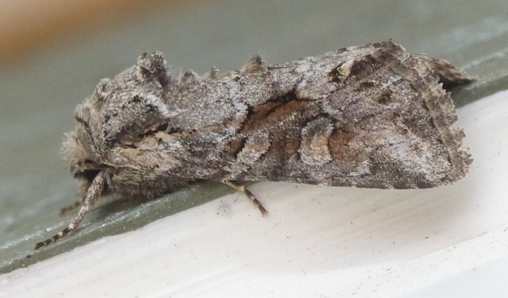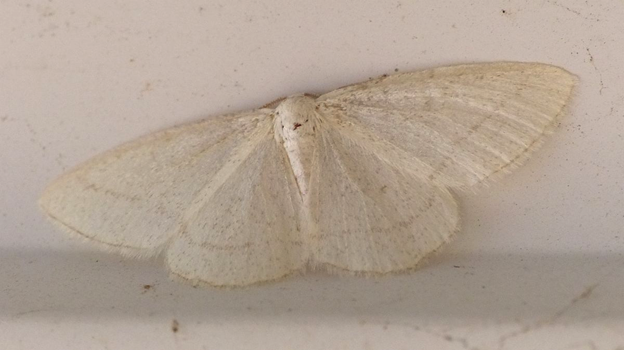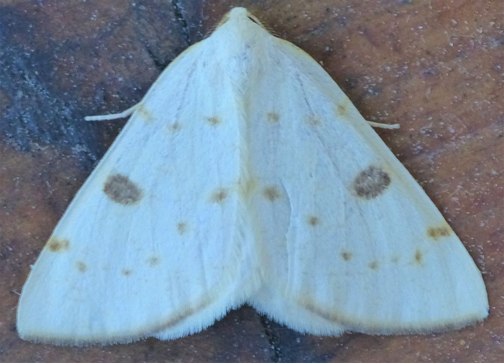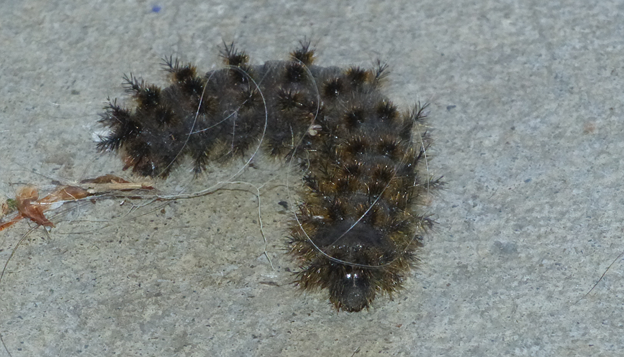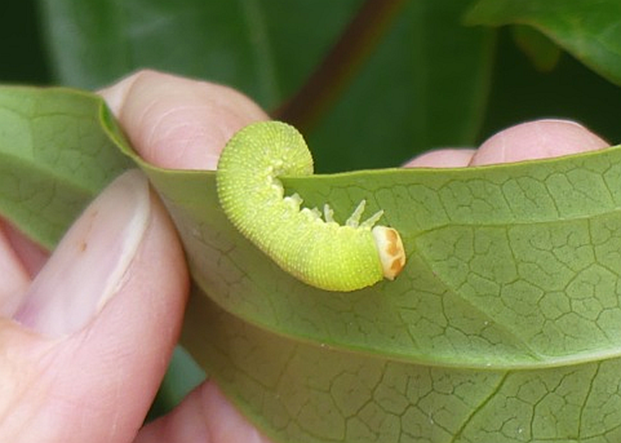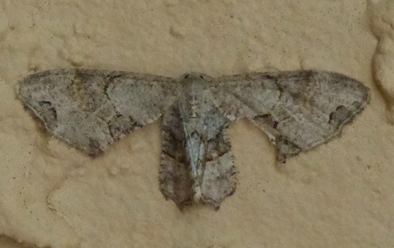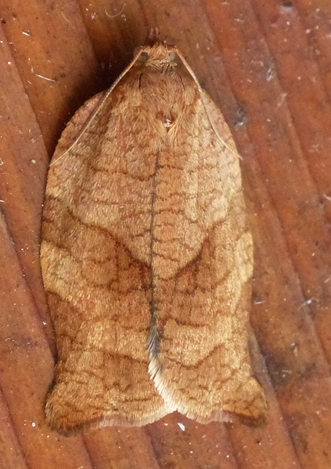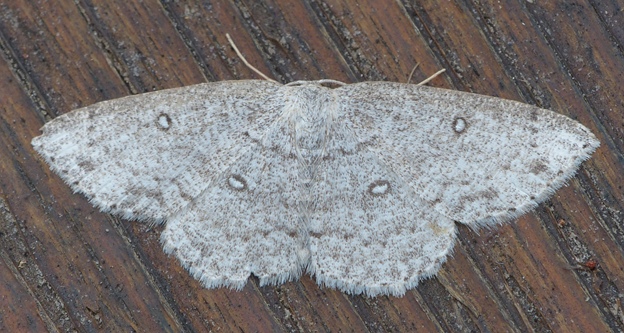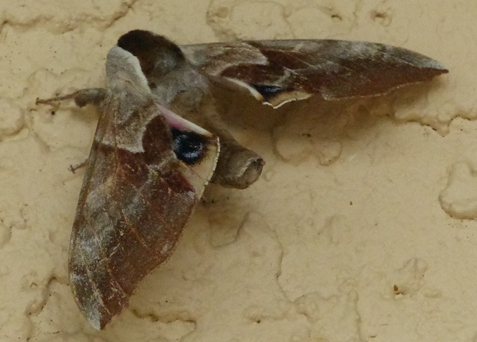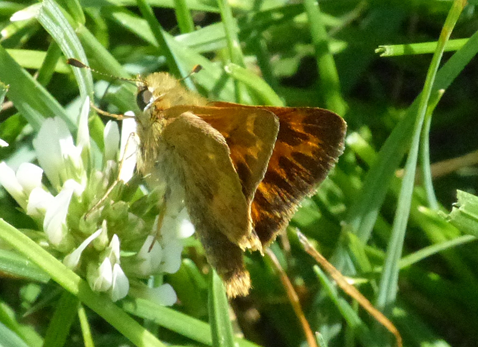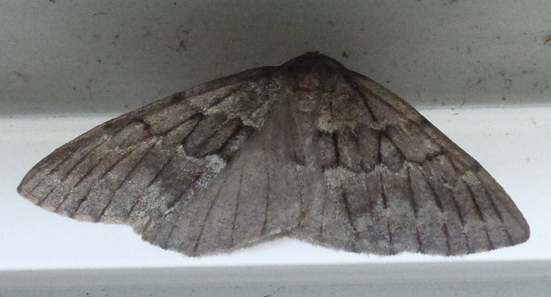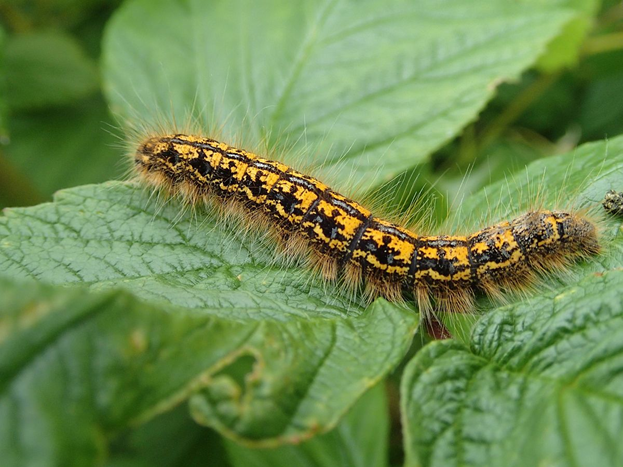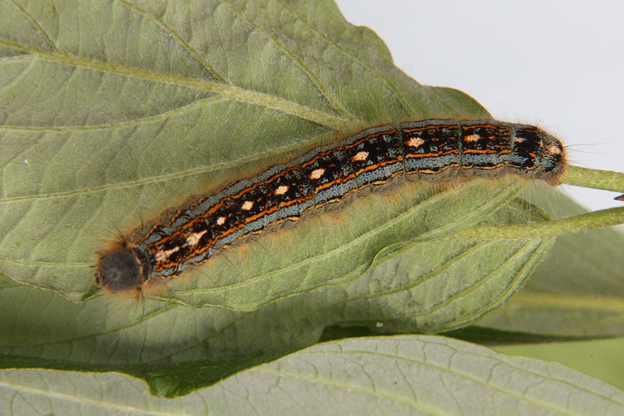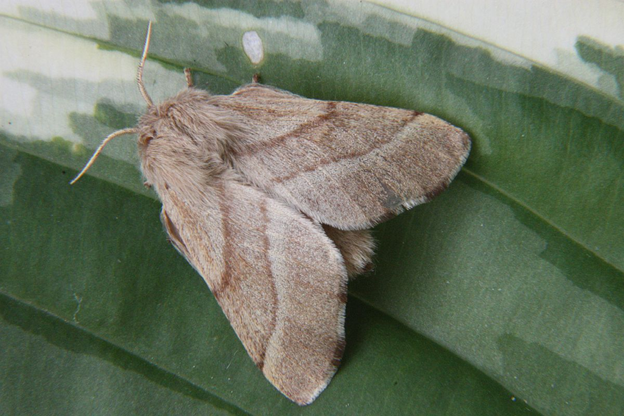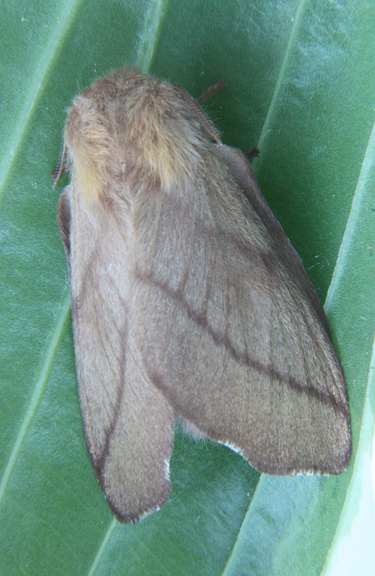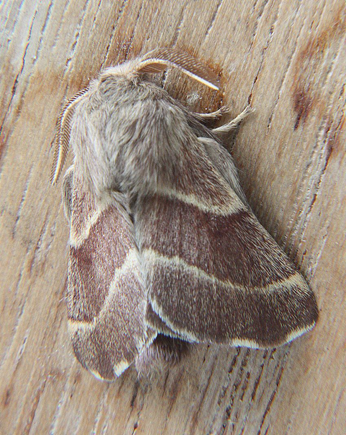2020 July 26
Warm thanks to Libby Avis, Annie Pang and Scott Gilmore for continued help with the identification of, respectively, moths, bees and beetles on this site. Without their help, I could not manage this site. Jeremy Tatum
Jochen Möhr’s moths and a beetle from Metchosin this morning:
1 Callizia amorata
1 Caripeta divisata
1 Eulithis xylina
1 Eupithecia sp.
2 Hesperumia latipennis
1 Hesperumia sulphuraria
1 Lacinipolia strigicollis
1 Leucania farcta
1 Oligocentria pallida
1 Perizoma curvilinea
1 Schizura ipomoeae
1 Scopula quinquelinearia
1 Sicya crocearia
1 Ypsilopha canariella
1 Polyphylla crinita
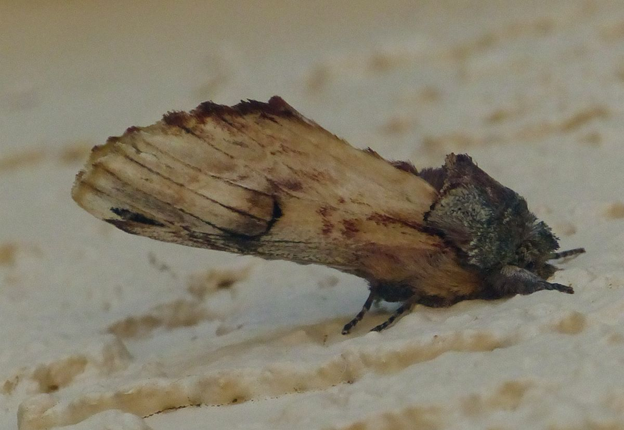
Oligocentria pallida (Lep.: Notodontidae) Jochen Möhr
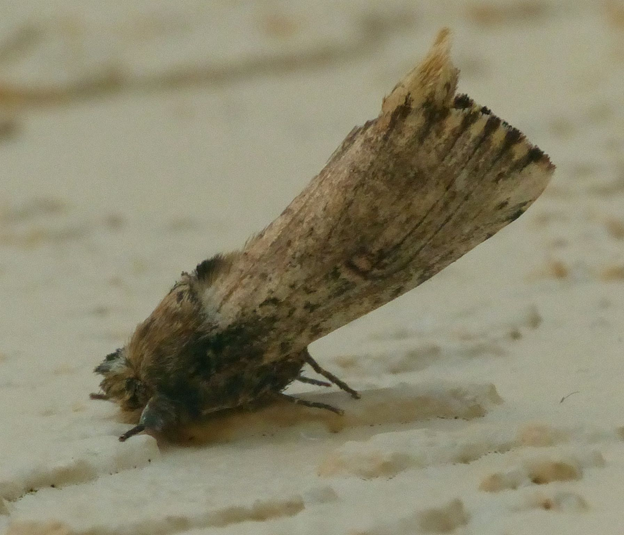
Schizura ipomoeae (Lep.: Notodontidae) Jochen Möhr
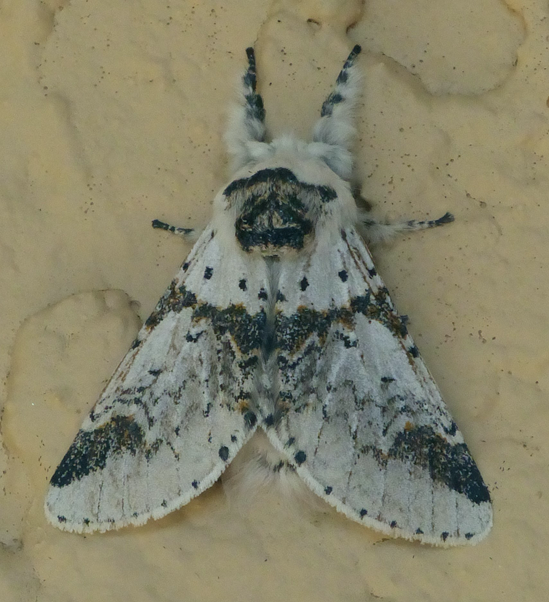
Furcula scolopendrina (Lep.: Notodontidae) Jochen Möhr
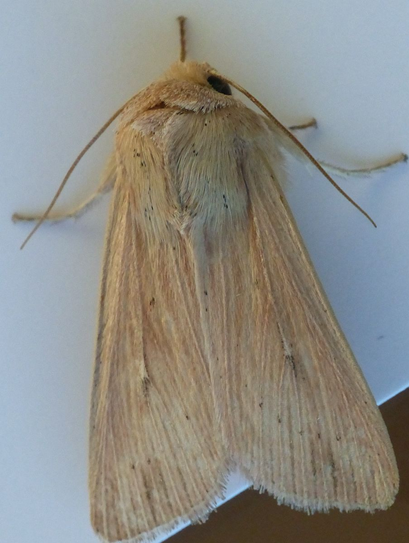
Leucania farcta (Lep.: Noctuidae) Jochen Möhr
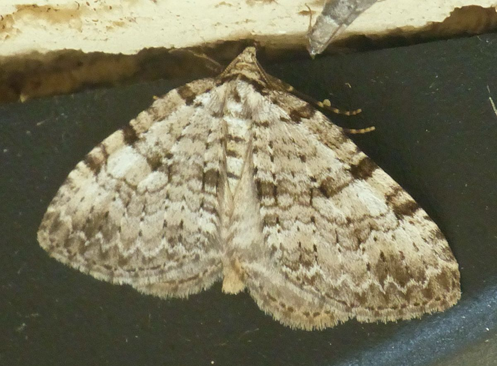
Perizoma curvilinea (Lep.: Geometridae) Jochen Möhr
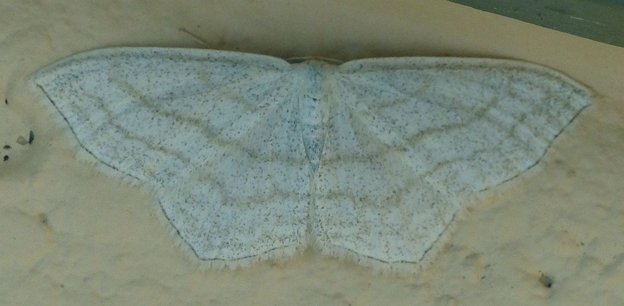
Scopula quinquelinearia (Lep.: Geometridae) Jochen Möhr
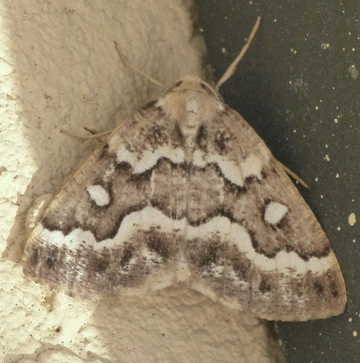
Caripeta divisata (Lep.: Geometridae) Jochen Möhr
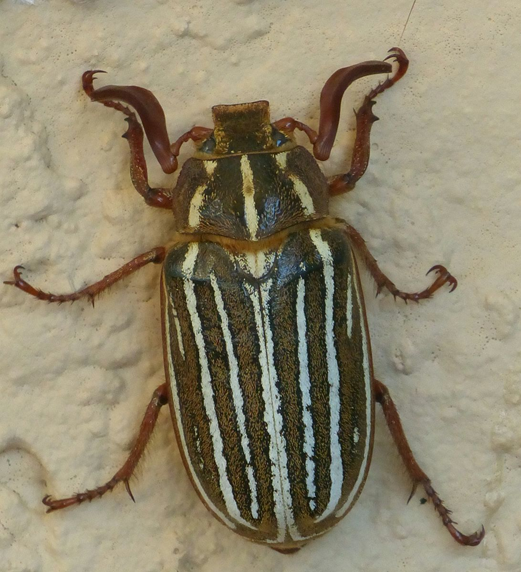
June Beetle Polyphylla crinita (Col.: Scarabaeidae) Jochen Möhr
Here are some shots of two bees photographed by Rosemary Jorna at Muir Creek on July 25:
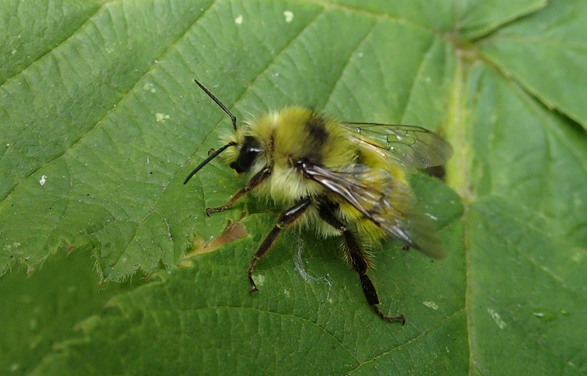
Bombus flavifrons (Hym.: Apidae) Rosemary Jorna
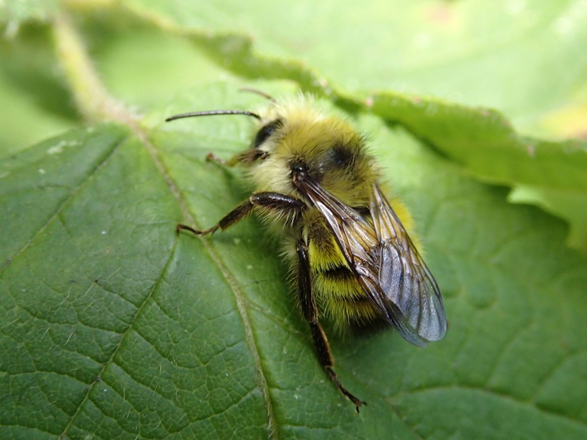
Bombus flavifrons (Hym.: Apidae) Rosemary Jorna
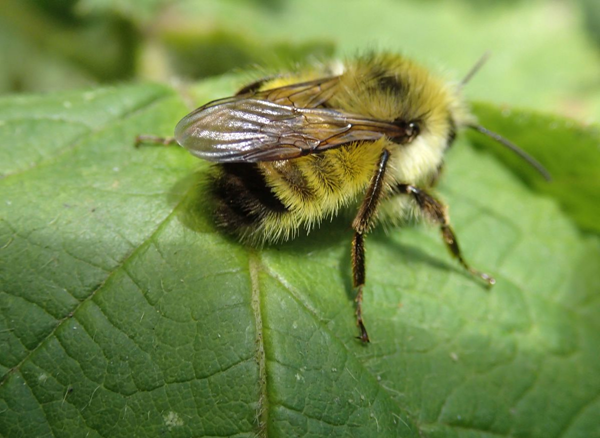
Bombus flavifrons (Hym.: Apidae) Rosemary Jorna
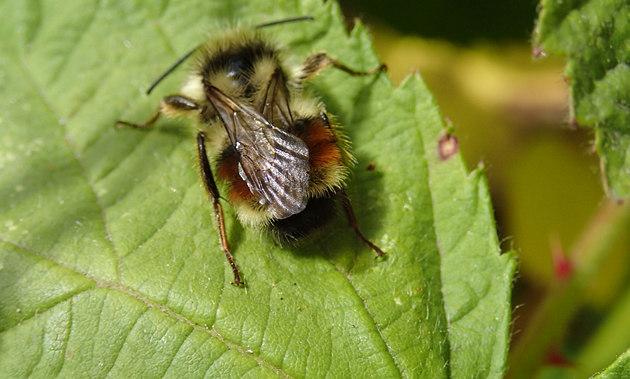
Bombus (probably bifarius)(Hym.: Apidae) Rosemary Jorna
Gordon Hart writes from the Highlands: Last evening, Saturday July 25, we saw the grey Sphinx perelegans on the purple petunias it seems to like. It was gone by the time I set up my camera. I took a walk around with the flash on the camera and a headlamp, and saw many moths on the Buddleia bushes and around the porch light. There was a beautiful Pyrausta perrubralis.


